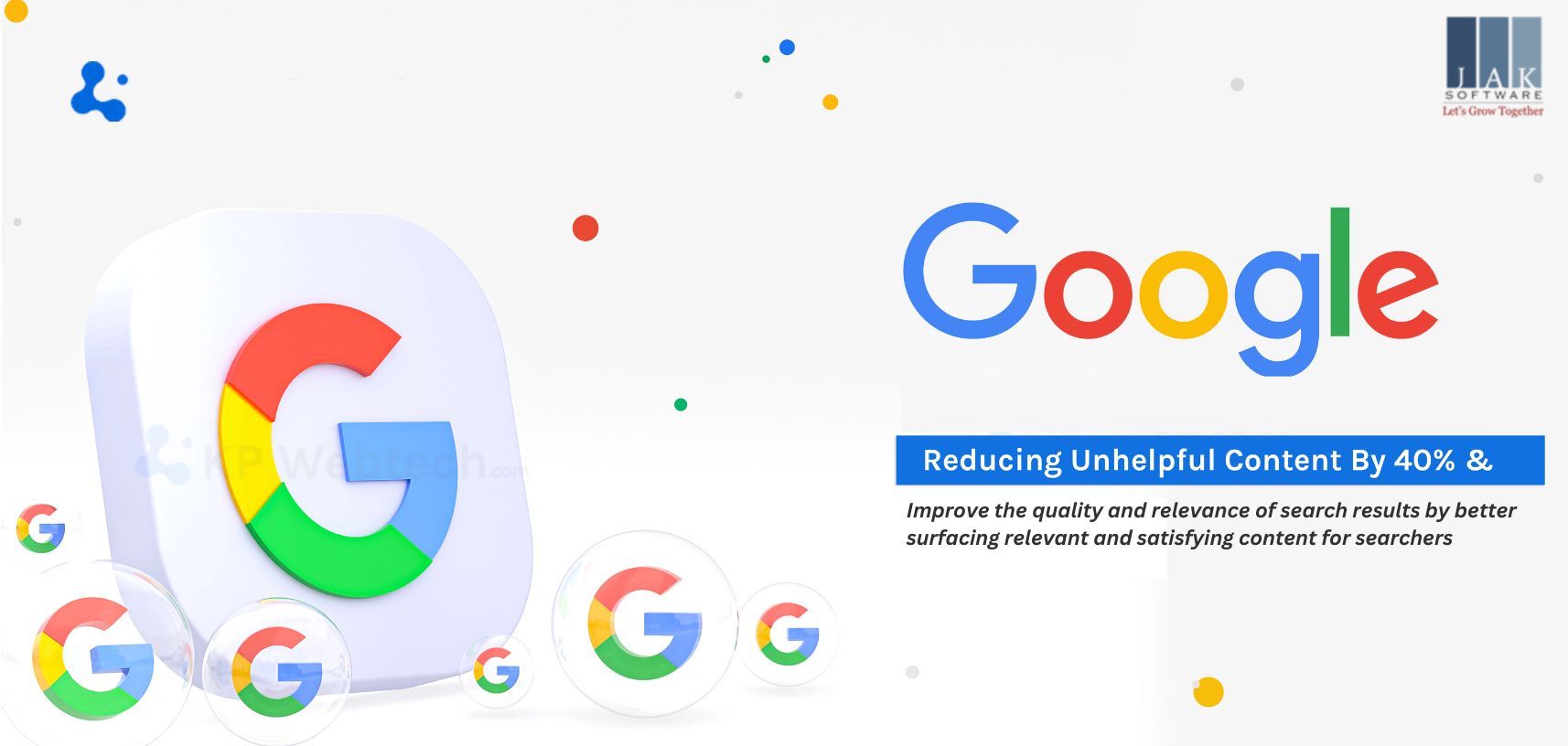Introduction to Google’s March 2025 Core Update
Google’s latest core update, launched in March 2025, significantly shifts how search rankings are determined. The update prioritizes high-quality content, enhances user experience (UX), and strengthens security measures to provide better and more reliable search results. This article explores the key elements of the March 2025 update, its impact on website rankings, and best practices for webmasters to stay competitive in the evolving SEO landscape.
1. Focus on High-Quality, Human-Centric Content
Google continues to emphasize the importance of valuable and original content. The March 2025 update targets low-quality, AI-generated, and mass-produced content lacking depth, originality, and usefulness.
What This Means for SEO:
- Websites that produce well-researched, engaging, and unique content, along with effective website optimization, are more likely to rank higher.
- AI-generated content that is not adequately fact-checked, structured, or optimized for user intent may experience a decline in rankings.
- Google’s improved AI detection algorithms can identify repetitive and low-value content, filtering it out from top search results.
- Sites that have been publishing content solely for keyword ranking without adding real value may be penalized.
Best Practices:
- Focus on creating well-written, informative, and user-focused content.
- Invest in human expertise, ensuring that content is factually accurate and engaging.
- Avoid keyword stuffing and content farming techniques.
Enhanced Evaluation of E-E-A-T (Experience, Expertise, Authoritativeness, Trustworthiness)
E-E-A-T remains a critical ranking factor, particularly for Your Money, Your Life (YMYL) topics such as health, finance, and legal content. The March 2025 update refines Google’s ability to assess website credibility.
Key Changes:
- Websites with clear author credentials, citations from reputable sources, and well-structured content will rank higher.
- Anonymous or low-credibility content may lose visibility.
- Increased scrutiny on YMYL sites to ensure they provide trustworthy and factually accurate information.
How to Optimize for E-E-A-T:
- Display author bios and credentials for all content.
- Cite reliable sources and back up claims with authoritative references.
- Secure backlinks from trusted websites to boost domain authority.
- Ensure transparency in ownership and editorial policies.
Increased Emphasis on User Experience (UX) and Core Web Vitals
Google has been consistently prioritizing user experience as a ranking factor, and the March 2025 update further strengthens this trend. Websites that provide a seamless, fast, and engaging experience will benefit from improved rankings.
Key UX Factors:
- Page Load Speed: Faster websites have better rankings and lower bounce rates.
- Mobile-Friendliness: With mobile-first indexing, responsive designs, and mobile app development services are essential for optimal performance
- Visual Stability: Avoid intrusive pop-ups, unexpected content shifts, and poor layout structures.
- Accessibility & Navigation: Easy-to-use menus, clear call-to-actions (CTAs), and structured layouts improve engagement.
Actionable Steps for UX Optimization:
- Optimize images and scripts to reduce page load time.
- Use a mobile-responsive design for optimal performance on all devices.
- Implement lazy loading for media files to improve speed.
- Conduct usability testing and fix broken links or navigation issues.
Strengthened Anti-Spam Policies
Google’s March 2025 update introduces stricter anti-spam measures to combat manipulative SEO practices and ensure fair search rankings.
Major Spam Tactics Targeted:
- Expired Domain Abuse: Websites acquiring old domains to manipulate authority for unrelated content will be penalized.
- Scaled Content Abuse: Large-scale, low-value content production, whether AI-generated or human-written, will be flagged.
- Site Reputation Abuse (Parasite SEO): Authoritative websites hosting irrelevant third-party content to unfairly boost rankings will see penalties.
How to Avoid Spam Penalties:
- Do not purchase expired domains for artificial ranking benefits.
- Ensure all published content aligns with the website’s core purpose and audience.
- Regularly audit content to remove outdated, misleading, or low-quality posts, and incorporate SEO marketing strategies for better optimization
Enhanced Security & Privacy Considerations
Security has become a key factor in Google’s ranking system, with more emphasis placed on protecting user data and site integrity.
New Security Measures:
- Websites that use HTTPS encryption and robust security protocols will have an SEO advantage.
- Improved detection of phishing sites and deceptive redirects.
- Increased penalties for sites with security vulnerabilities, such as outdated plugins and weak authentication.
Security Best Practices:
- Implement SSL/TLS encryption to secure user data.
- Regularly update CMS, plugins, and security patches.
- Use multi-factor authentication (MFA) for administrator access.
- Monitor site health and remove potential malware threats.
Conclusion: Adapting to Google’s March 2025 Core Update
To thrive in the post-update SEO landscape, website owners and content creators should focus on quality, credibility, and user experience. The key takeaways from this update include:
- ✔ Prioritize human-centric, valuable content over AI-generated or mass-produced content.
- ✔ Strengthen E-E-A-T factors by showcasing expertise, authoritativeness, and trustworthiness.
- ✔Optimize UX, Core Web Vitals, and ORM in digital marketing for better speed and responsiveness.
- ✔ Avoid black-hat SEO tactics like expired domain abuse, content scaling, and parasite SEO.
- ✔ Strengthen website security and privacy to ensure user trust.
By following these guidelines, businesses and content creators can maintain or improve their rankings despite Google’s evolving algorithm updates. Staying proactive and continuously improving content and site performance will be the key to long-term success in search rankings.




